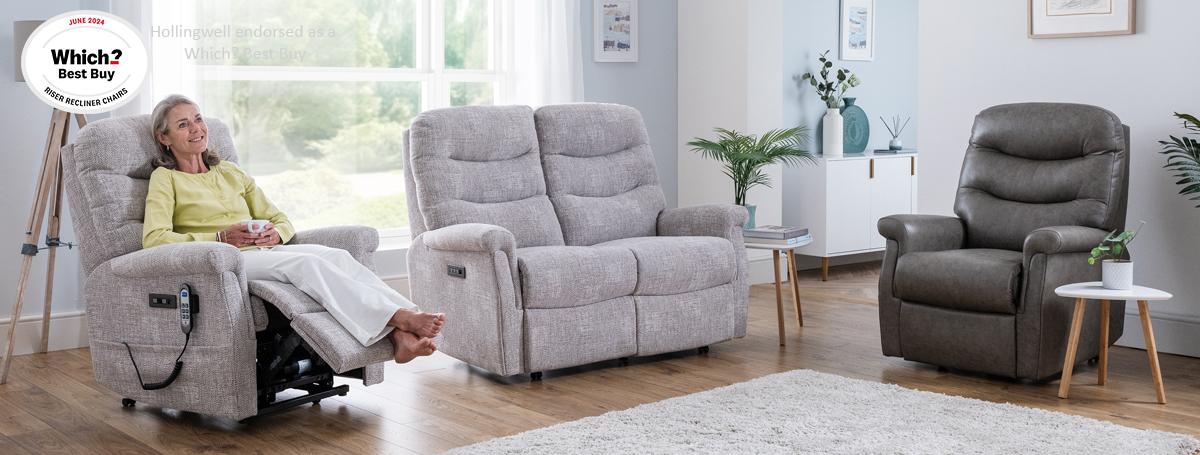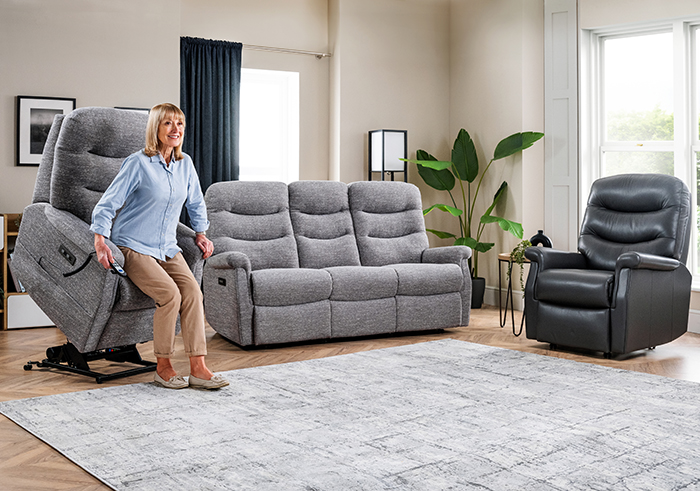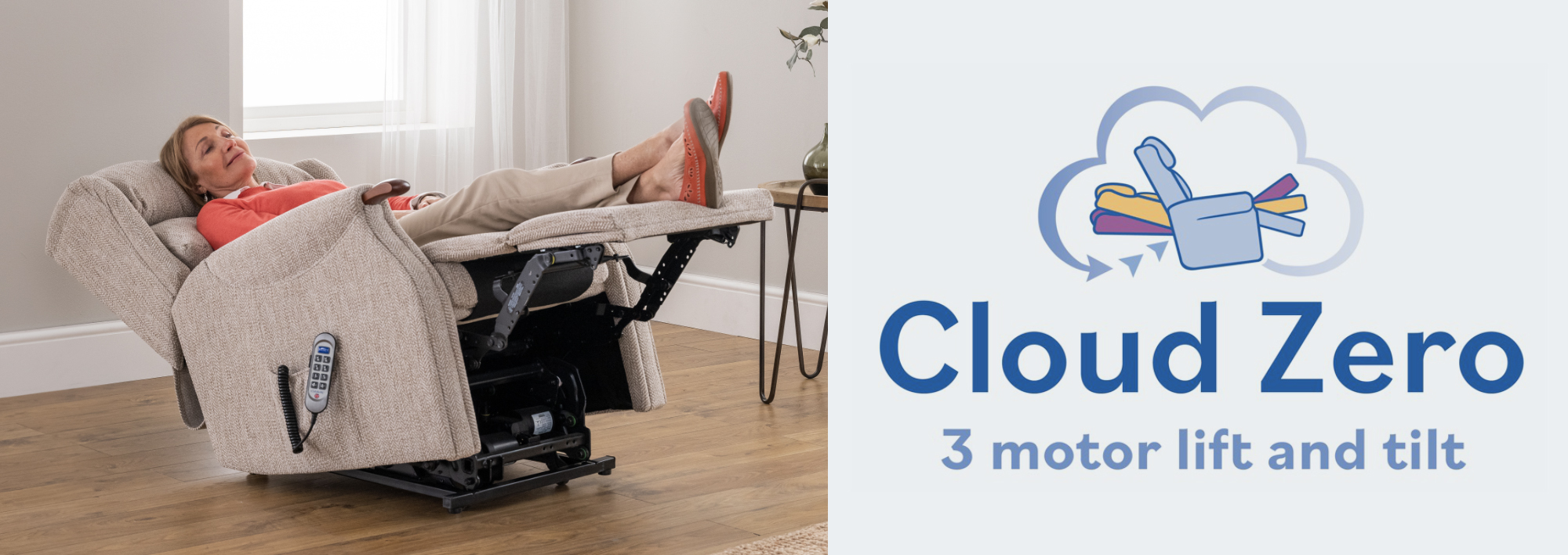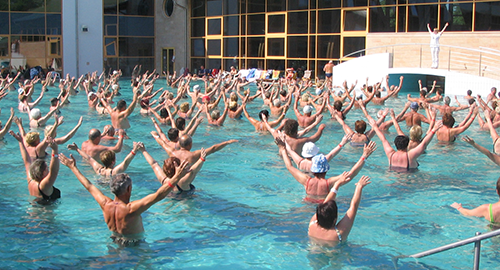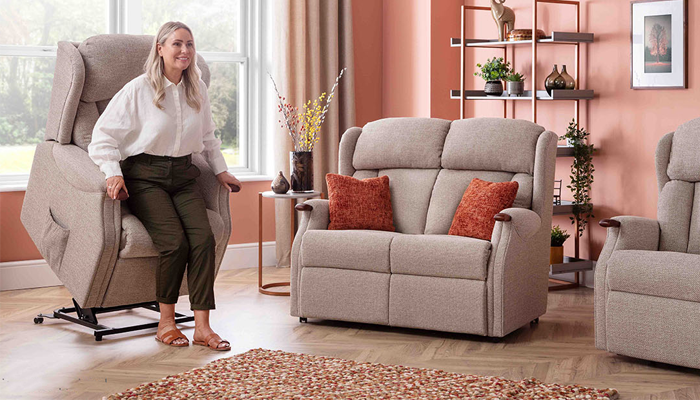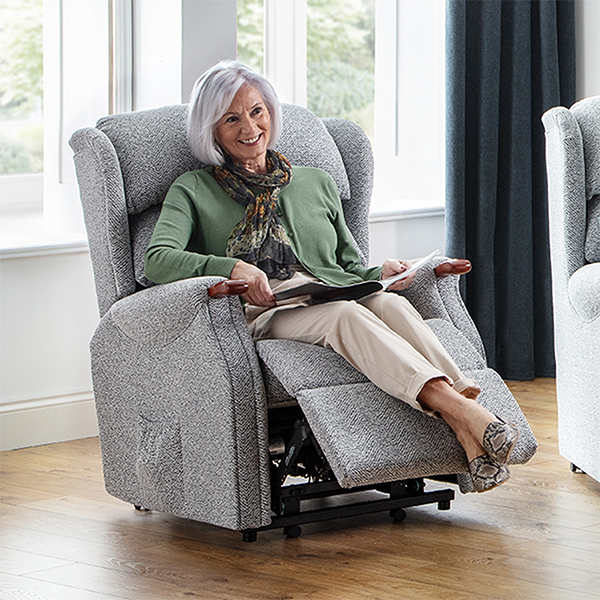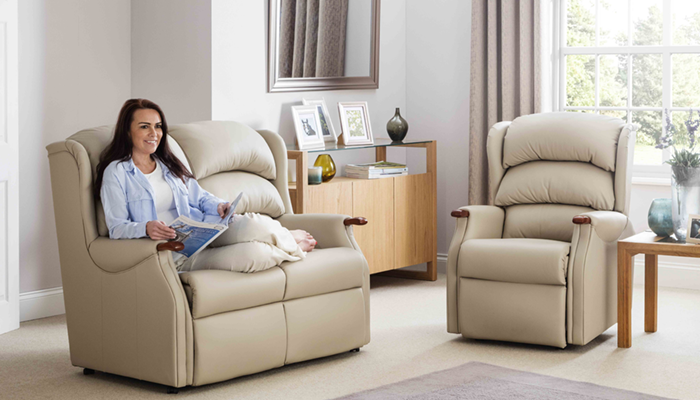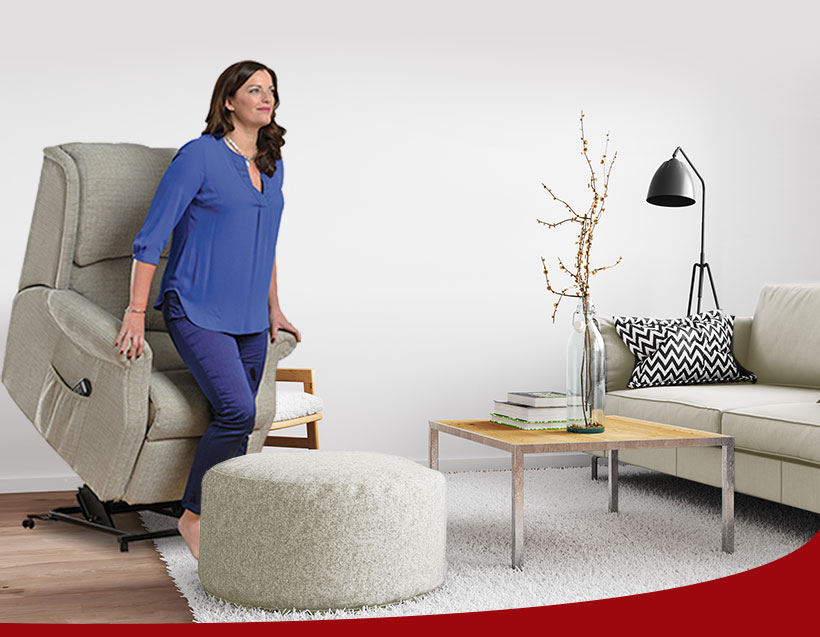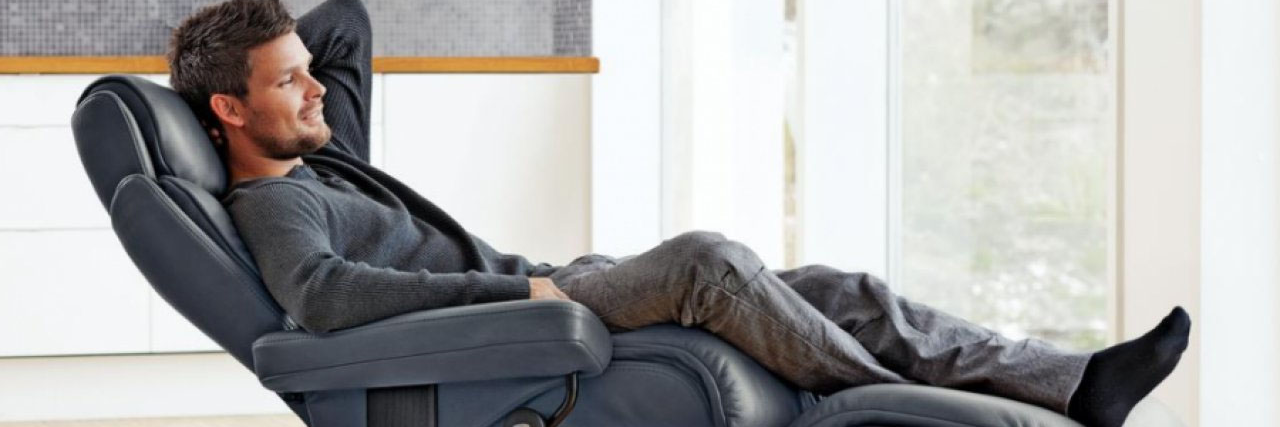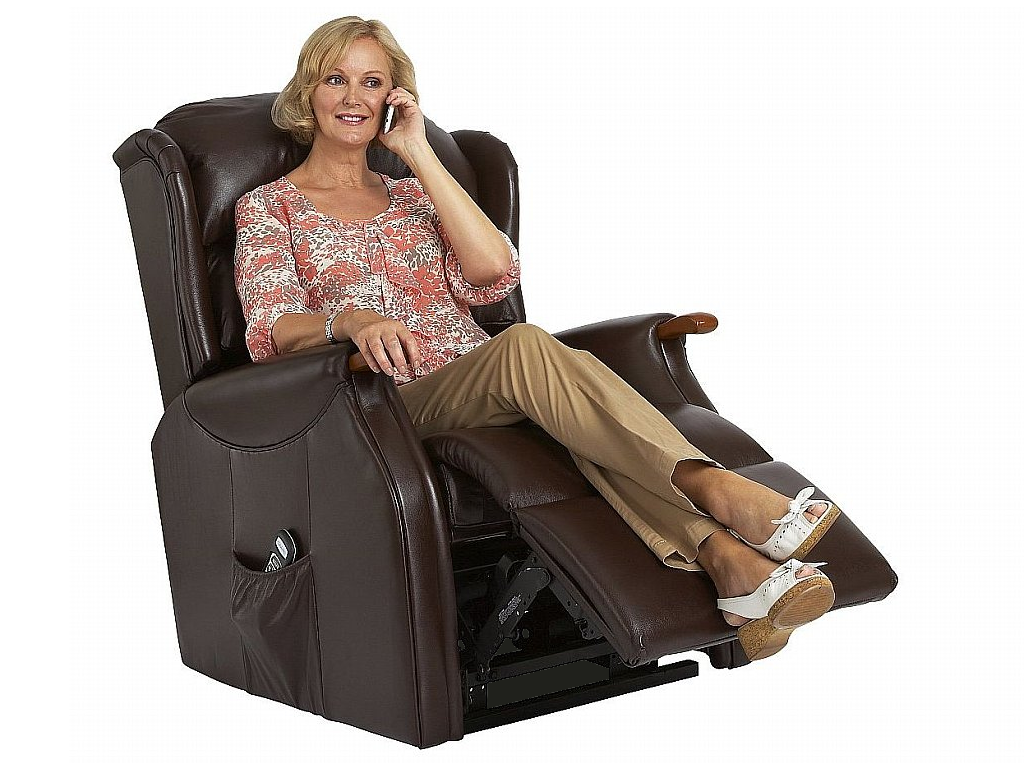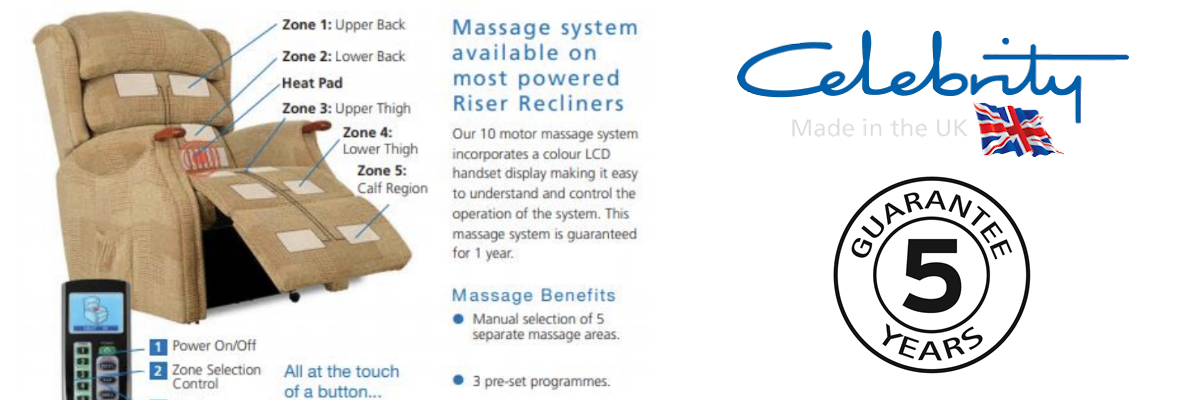- Armchairs
- Celebrity Furniture +
- Celebrity Remote Hand Controls
- Electric Beds +
- Recliner Chairs +
- Riser Recliner Chairs +
- Leather Riser Recliners
-
Sofas
+
- Fabric 3 Seater Sofas
- Fabric 3 Seater Manual Recliner Sofas
- Fabric 3 Seater Power Recliner Sofas
- Fabric 2 Seater Sofas
- Fabric 2 Seater Manual Recliner Sofas
- Fabric 2 Seater Power Recliner Sofas
- Leather 3 Seater Sofas
- Leather 3 Seater Manual Recliner Sofas
- Leather 3 Seater Power Recliner Sofas
- Leather 2 Seater Sofas
- Leather 2 Seater Manual Recliner Sofas
- Leather 2 Seater Power Recliner Sofas
- Swivel Recliners +
- Info Pages. +
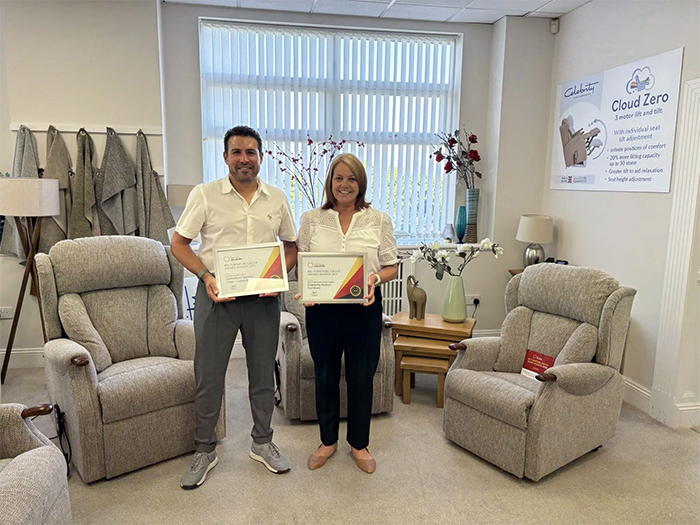
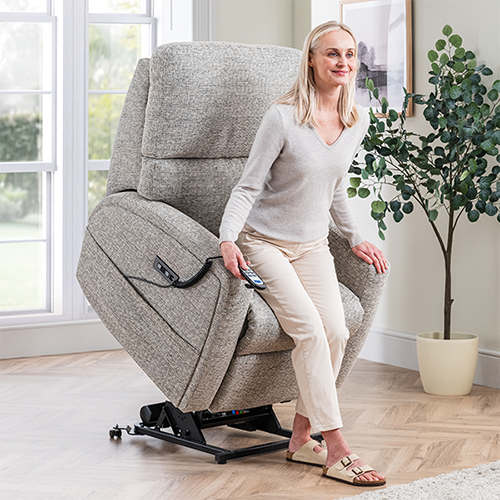
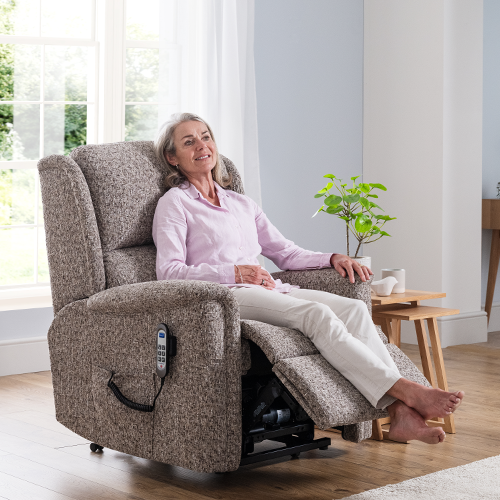
In recent years, recliner chairs have emerged as a must have addition to modern homes, transcending their traditional roles as mere furniture pieces. Their growth in popularity can be put down to several key factors, ranging from their unparalleled comfort to their versatile functionality.
Which?
Hollingwell – “exceptionally comfortable chair that our panel found very easy to get in and out of – and they could adjust it to suit their comfort levels.”

So, your new Celebrity leather reclining chairs and sofas have arrived at last and naturally you want to know how best to look after them, after all you have made an investment into some of the best quality British furniture around. Looking after your leather furniture will ensure that you get the most out of your gorgeous new recliner chairs and sofas for years to come.
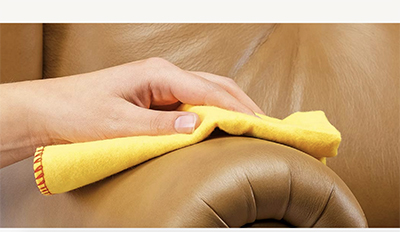
Why buy British Riser Recliner Chairs?
When trawling through the vast array of recliner chairs on the internet, it can be quite time consuming to find the perfect one for you. There are so many different variants, for example; size, style, colours in not only fabrics but leather as well. You will have the choice of one motor or two, casters or glides, then there are the options for having additional extras such as massage, headrests, stain prevention and arm covers. During your searches you will probably come across some that are imported from places such as China and you will also come across recliner chairs that are manufactured in Great Britain which is another choice to consider.
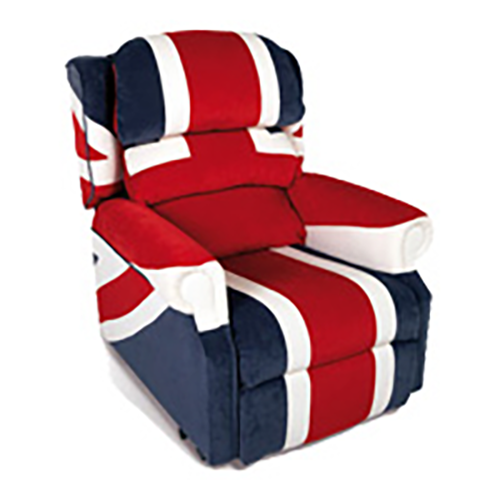
Older and Wiser
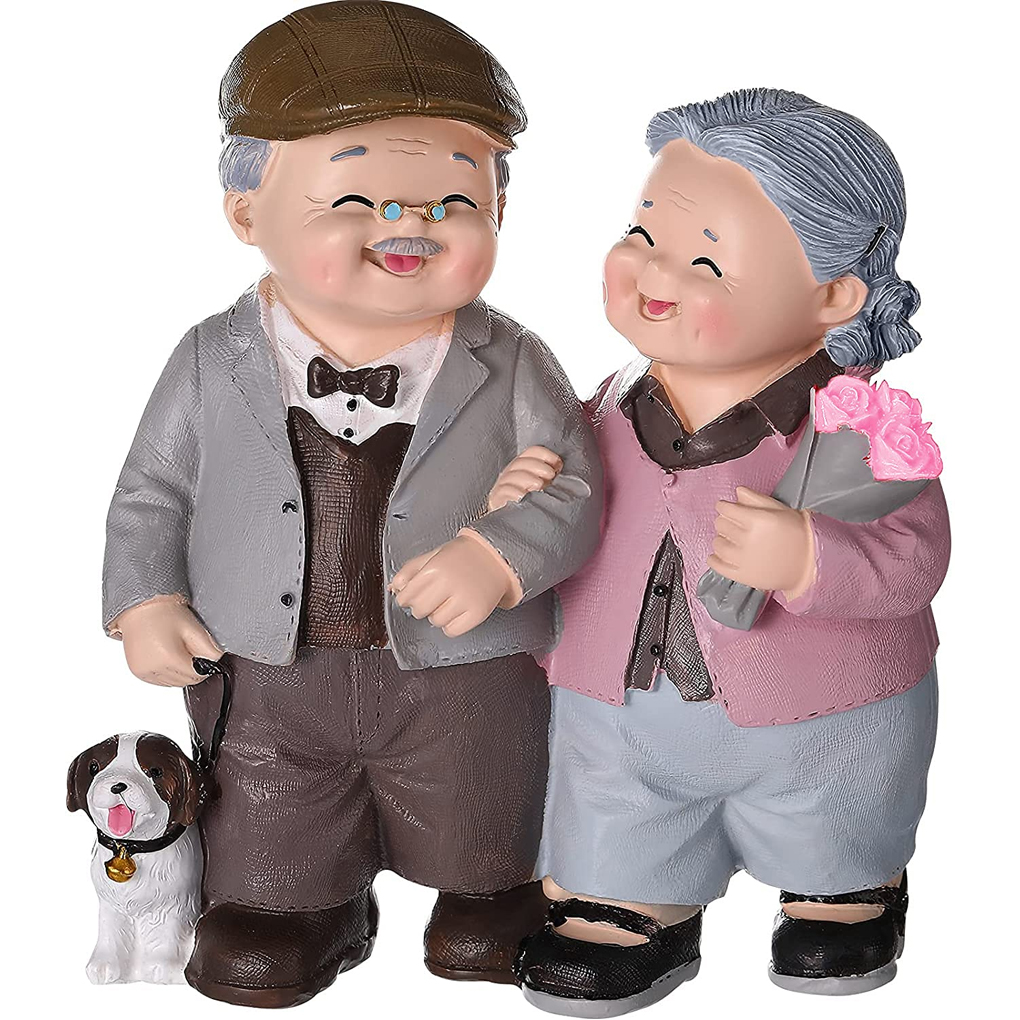
With all the time we spend in bed, it should come as no surprise that mattress shopping is one of the most important things we can do to maximize the quality of our sleep. Unfortunately, it’s also one of the most difficult and overwhelming experiences many people have ever faced. The vast array of brands, types, and models on the market can make finding what’s right for you an agonizing process – but fear not! This guide will help you navigate the world of mattresses, from latex mattresses to memory foam and beyond so that you can finally get the rest your body has been longing for.
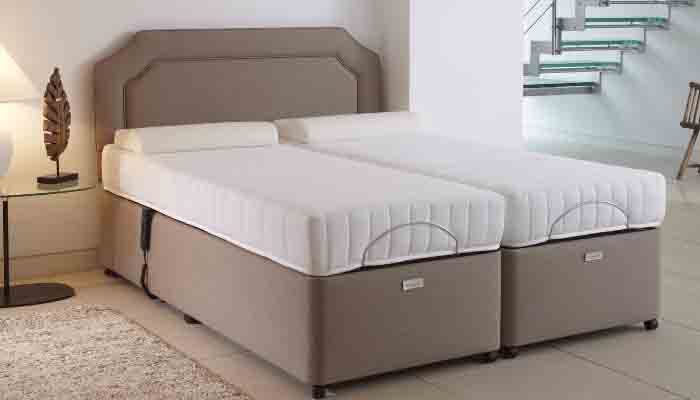
Leather Care Instructions
Before using your new leather recliner you must read thoroughly through these operating and care instructions as being a natural material leather does behave differently from man-made items and requires different care from fabric upholstery.
Important:
Safety and Care
Please note that reclining chairs and reclining sofas contain moving parts. Is important therefore to pay particular attention to the safety instructions.
A reclining chair should never be used as a bed or as a substitute for a bed.
Why is leather different?
Being a natural material each leather piece can display different Marks and characteristics. As such no two pieces of furniture will be identical and even within one item separate areas can display different characteristics or shading due to being made from two different hides.
Consequently, leather furniture can show many different marks caused by healing scars, insect bites, creases, veins, growth lines and growth variations, etc. All of these are not faults but are natural features that help give leather its unique character. None of these natural markings will affect the durability or performance of the furniture.
shade variation, therefore, has to be expected and whilst we make every effort to minimise this Swatchs, samples and store displays should only be used as a guide to the colour.
Also as the product ages shade variation will occur on each piece as the leather mellows and again this can vary within different areas of each piece of furniture. Specifically, areas, where the leather is upholstered tighter to give a neat appearance (eg: around the arms of the chair), can shade and wear more quickly than areas where the hide is not as tightly upholstered (eg: under the arm).
Please note that leather will stretch and crease, particularly in the first few weeks of use. This will be most noticeable in areas Of immediate use ie: The seat and back of the chair.

At the Recliner Store we pride ourselves on the quality of the products we sell and the service we give our customers, and our delivery service is no exception.
When choosing one of our products there are multiple choices for delivery and remember all our deliveries are Free of Charge.

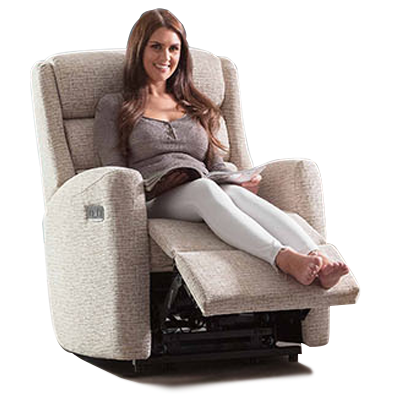
Older and Wiser
We’re all growing older by the minute, but some people grow older better than others. The way we age can be put down to genetics but we can all live better by making adjustments to the way we live and think about ourselves. In other words, make changes to our lifestyles that will give us a fighting chance of staying healthy for as long as possible. We all know that there are certain things in life that are not good for us, yet sometimes we still do them without thinking, until we get ill, particularly as we get older. It’s got to be better to think about what we are doing to ourselves before we start to feel the consequences of our disregard to keeping healthy and the good news is, it’s never too late to start.



